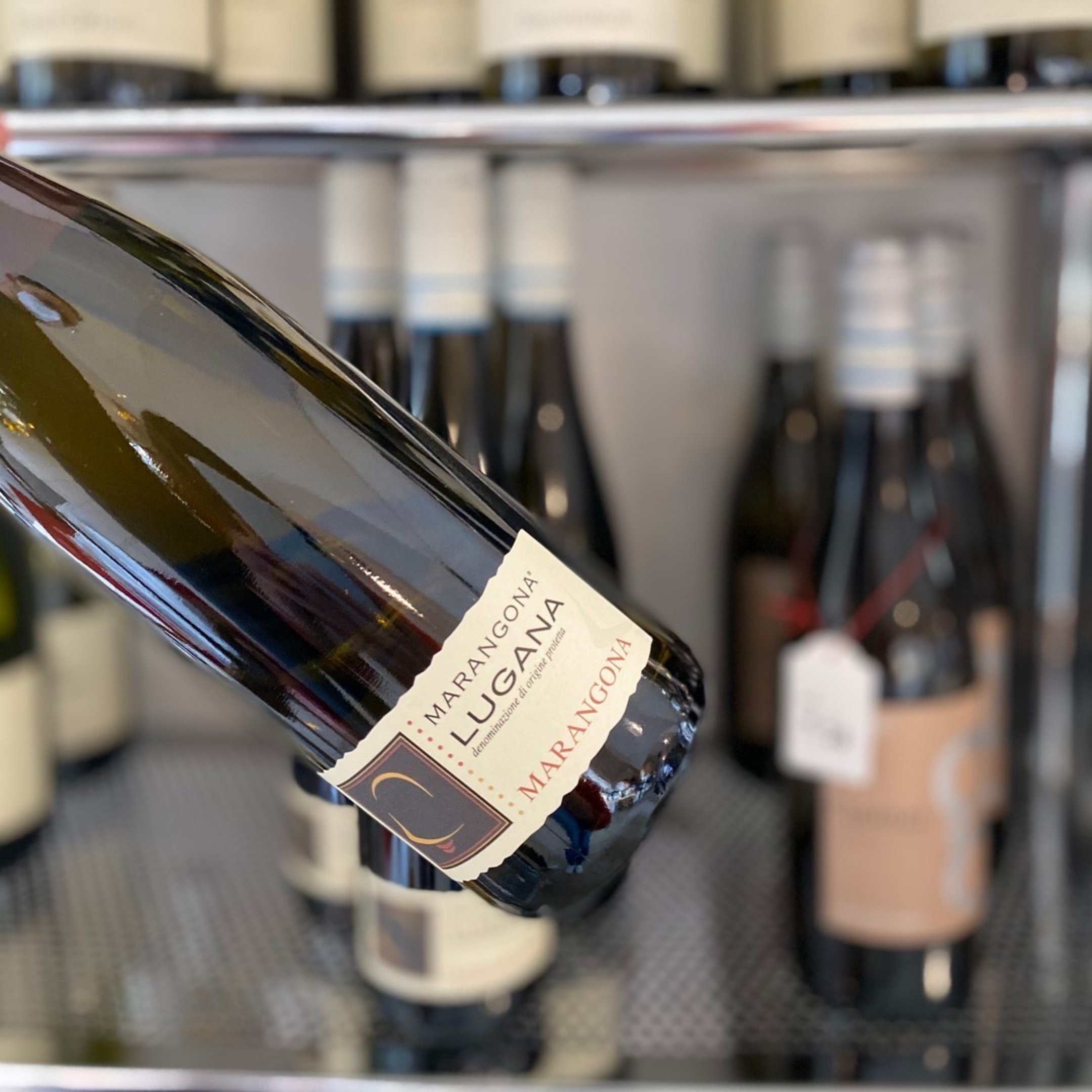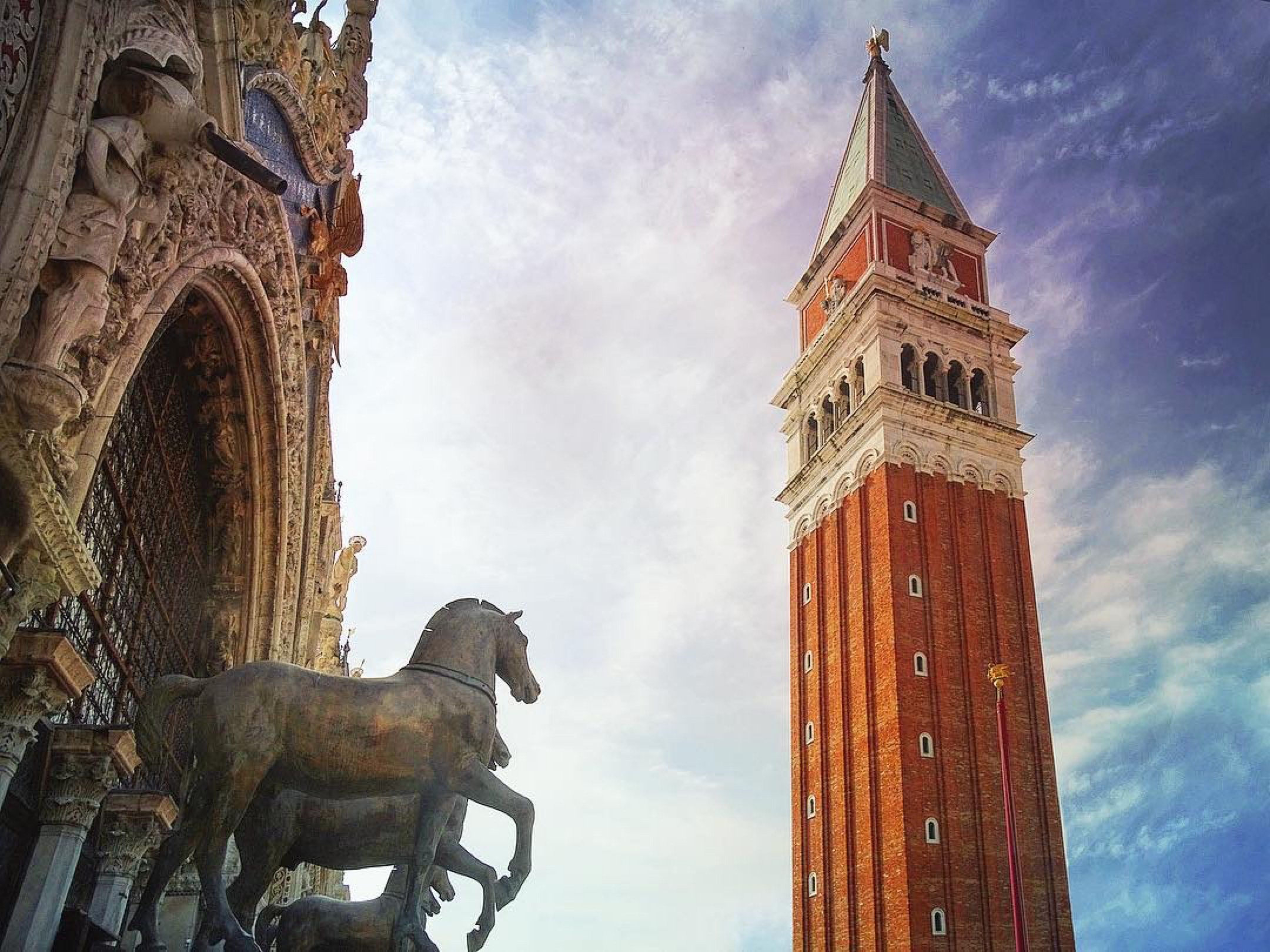Marangona Lugana's Brightest Star
Production | Alessandro Cutolo Owner and Winemaker of Cantina Marangona produces four premium mineral driven organic white wines made exclusively from the rare and indigenous Turbiana grape variety. Turbiana was, until recently, mistakenly thought to be a Trebbiano variety; it's true variety was finally ascertained through DNA analysis at the University of Milan confirming what growers had suspected for a long time, that it was a distinct grape variety in its own right and related to Verdicchio.
The Winemaker | Alessandro is thoughtful, patient and precise. He is also rather modest; the Slow Wine Guide refers to him as the essential point of reference for the Turbiana grape variety in Lugana. The Seattle wine scene refers to him as the winemaker Lugana needed. His wines consistently score 90+ points in the Wine Enthusiast and The Decanter, in 2019 his Lugana placed no.23 in the Wine Enthusiast's Top 100 Wines, and his Chiaretto Rosé is in the Slow Wine Guide's Top 100 Rosés of Italy. Yet if you ask Alessandro, he would never easily admit to it, in fact I bet he would softly shrug, smile and elegantly turn your attention to something more 'worthwhile'.
The Terroir | Lugana is a small region in northern Italy with only 5,436 acres under vines. Located on the southern shores of beautiful Lake Garda it strattles the borders of the provinces of Lombardy and Veneto. The climate in the surrounding region is continental, Lugana however, has a milder microclimate given it's proximity to Lake Garda experiencing less scorching summers and more temperate winters. The soils are predominantly calcerous clay, much like the soils of Chablis in Burgundy, and rich in minerals, though this does change from vineyard to vineyard. You can taste a number of Turbiana wines and none will taste alike; in this region it is the soil and winemaker that drive the difference.
Marangona’s Lugana DOC
The Wines | Starting with Marangona's 'Lugana' moving to the Tre Campane, then Cemento (some skin contact lengthier time on lees) and Rabbiosa (botrytis effected late harvest), the wines become progressively more complex.
The Wines We Have In Stock
Marangona's Lugana DOC 2019 is what Alessandro refers to as 'the soul of his estate', 100% Turbiana. The vintage we have in stock ranked No. 23 in the Wine Enthusiast's Top 100 Wines. Their description: This delicious white opens with heady aromas of fragrant spring flower, ripe orchard fruit and a whiff of flint. Bright and linear, the palate delivers crisp apple, white peach, and grapefruit alongside refreshing minerality and a bright acidity. ~ Wine Enthusiast 93 pts
Marangona's Tre Campane DOC 2018 is also made from 100% Turbiana but from 40+ year old vines; the grapes are selected from three vineyards ('Tre Campane' means Three Bells) and picked in two passes; picking the grapes at slightly different levels of ripeness. The wines are then combined and aged for 10 months on fine lees in unlined concrete tanks. The result is a poised wine of freshness and complexity. Dry and slightly bigger in body than the Lugana, Tre Campane delivers aromas of yellow apple, apricot, hints of wet stone, herbs and hazelnut and floral sensations. On the palate, poised and savory, focused, featuring white stone fruit (white peach, apricot, pear), an almost salty minerality, a hint of fennel and vibrant acidity. ~ Decanter 92 pts, Wine Enthusiast 92 pts
Gran Campanile in Piazza San Marco, Venice
Story Behind The Name | There is one very special bell in Venice from which the Marangona Winery takes its name. It resides in the Gran Campanile (bell tower) in the Piazza San Marco in Venice, and is the only one of the five original bells to survive the collapse of the tower on July 14, 1902. It is an ancient bell of unknown origin, and apparently, it has the most beautiful, haunting, and mellifluous tone of any bell.
Each of the original five bells had names and were rung to signal specific events. The Maleficio signaled that a capital execution was going to take place. La Trottiera called magistrates to the Palazzo Ducale; La Nonarangat signaled the ninth hour; and the Pregadi announced meetings of the Senate. The Marangona signalled the beginning and ending of the work day and was named after the marangoni, the carpenters. The term later becoming synonymous with workers. Today the Marangona is only rung twice a day, once at noon (together with the other four bells) and then once at midnight (by itself). To hear it in its purity, you must go at midnight when the piazza is still and the Marangona is struck solo.


